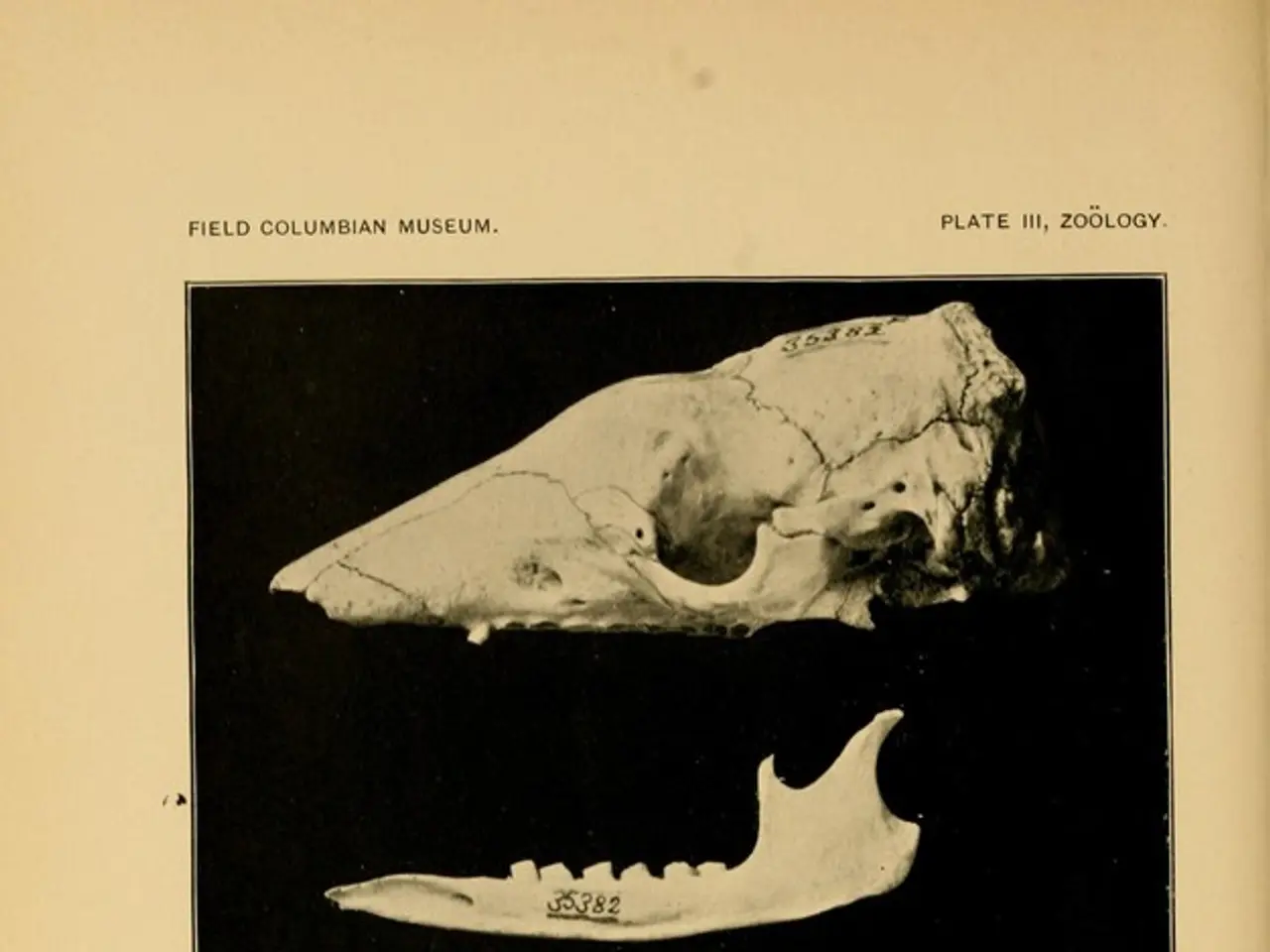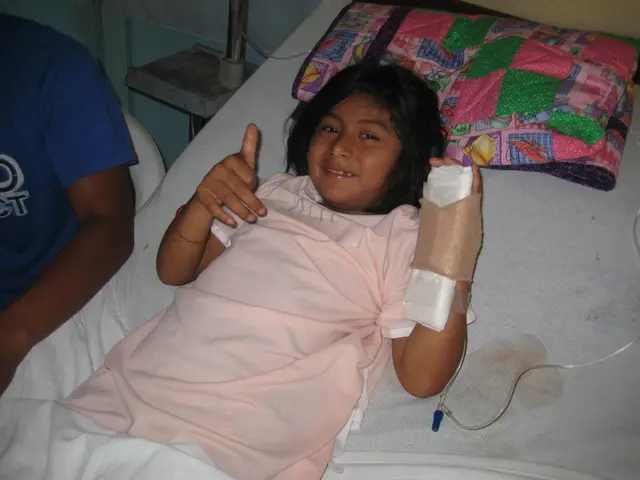Engaging in Weighted Walks for Osteoporosis Management
=====================================================================================
Millions of Americans are affected by osteoporosis, a condition that weakens bones and increases the risk of fractures. But there's good news for those seeking to improve their bone health. Weighted walking, a low-impact exercise that involves wearing weighted vests or ankle and wrist weights, can be an effective way to strengthen bones and reduce the risk of fractures.
Weighted vests, typically weighing 5-10% of a person's body weight, provide added resistance during walking. This extra load stimulates bone growth through weight-bearing exercise, encouraging bone remodeling and density improvement. This is particularly beneficial for older adults, postmenopausal women, and those with osteopenia or osteoporosis.
To get the most out of weighted walking, it's important to start with a light weight and gradually increase as tolerated to avoid injury and maintain good posture. Consistent walking sessions with the weighted vest can help build muscle strength in the legs, core, back, and shoulders, which supports bone health and reduces the risk of falls.
Ankle and wrist weights can add supplementary resistance to limb movements, further promoting muscle strength and bone stimulation. However, they should be used cautiously to avoid joint strain, and consulting a healthcare professional for personalized guidance is recommended.
Proper nutrition also plays a crucial role in bone health. A diet rich in calcium, vitamin D, and protein can maximize bone mineral density benefits when combined with weighted walking.
The Centers for Disease Control and Prevention recommend participating in muscle-strengthening exercises at least twice a week, and weight-bearing and resistance exercises are the best types of workouts for people with osteoporosis to reduce bone loss and improve bone strength.
Other forms of weight training, such as dumbbells, barbells, kettlebells, or resistance bands, can also be used to build strong bones. Exercises like bicep curls and shoulder lifts can help strengthen muscles and bones.
It's important to remember that high-impact exercises like running, jump rope, and climbing should be avoided to prevent overloading the bone with too much stress and to reduce the risk of falling.
Research suggests that walking while wearing weights may help improve bone mass density and reduce the risk of fractures. However, more research is necessary to determine the optimum weight that a person should wear while walking to improve bone health.
Approximately 44 million people in the United States have low bone density, putting them at risk of developing osteoporosis. Regular weighted walking can help improve a person's strength, reduce their risk of falls and fractures, and contribute to overall bone health.
In conclusion, weighted walking offers a low-impact, bone-strengthening exercise that can improve bone density, enhance muscle strength, support posture, and reduce fracture risk in people with osteoporosis. Ankle and wrist weights add supplementary resistance but require careful use to avoid injury. By incorporating weighted walking into a routine that includes proper nutrition and other muscle-strengthening exercises, individuals can take proactive steps towards maintaining and improving their bone health.
- Engaging in weighted walking, which involves wearing weighted vests or ankle and wrist weights, can help reduce the risk of fractures in those with osteoporosis.
- For optimal bone health, it's essential to consume a diet rich in calcium, vitamin D, and protein, particularly when combining it with weighted walking.
- The Centers for Disease Control and Prevention encourage muscle-strengthening exercises at least twice a week, with weight-bearing and resistance exercises being the best options for individuals with osteoporosis.
- Other forms of weight training, such as dumbbells, barbells, kettlebells, or resistance bands, can also help build strong bones and muscles.
- To prevent injury while weighted walking, it's crucial to start with a light weight and gradually increase as tolerated while maintaining good posture.
- Weighted vests, usually weighing 5-10% of a person's body weight, offer additional resistance during walking, stimulating bone growth through weight-bearing exercise.
- Ankle and wrist weights add supplementary resistance to limb movements, further promoting muscle strength and bone stimulation, but should be used cautiously to avoid joint strain.
- High-impact exercises like running, jump rope, and climbing should be avoided to prevent overloading bones with too much stress and to reduce the risk of falling.
- Research suggests that wearing weights while walking may help improve bone mass density and reduce the risk of fractures, but more research is needed to determine the optimal weight for weighted walking to promote bone health.




